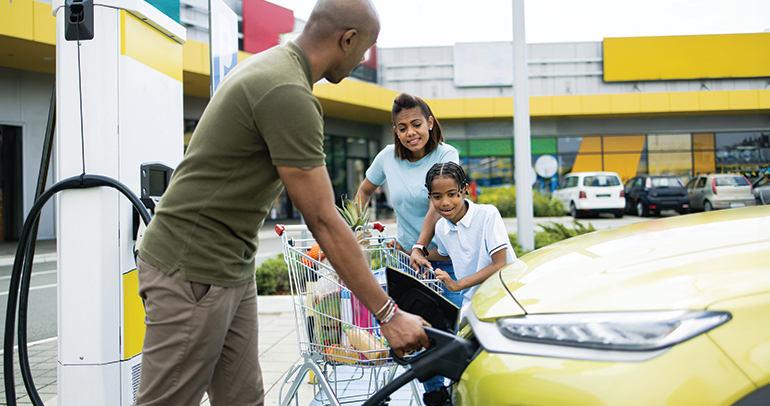
They say time goes by faster as you get older. I thought this was just a saying, like an old wives tale, but there is scientific evidence to suggest time really does go by faster as we age. This phenomenon is related to how the brain encodes memories. The brain takes longer to process a first-time event and store it in memory compared to habitual experiences. Since the brain is not “slowed down” with processing and storing a continuous flow of first-time events, we tend to feel time passes very quickly the older we get.
It’s already been two years since we started asking people about their awareness of, and opinions about, autonomous vehicles (AV) in our Automotive Consumer Pulse Study, an online survey* conducted monthly among approximately 1,000 U.S. adults 18 years of age and older. But it seems like yesterday when we were looking at the first round of results and feeling a bit surprised about respondents’ openness to self-driving vehicles.
Advancements in the AV Industry
As the last couple of years have flown by, a lot has happened in the AV world. The industry is moving away from the term “autonomous” and is now using “automated.” OEMs and tech companies have backed off on their AV launch dates, while still spending billions on R&D and partnership investments. Whereas in March 2018, an Uber car was unfortunately involved in a fatal pedestrian accident in Arizona, by the end of the year, Waymo had finished pilot testing and launched its self-driving taxi service in four suburbs around Phoenix, Arizona. Partners for Automated Vehicle Education (PAVE) —a coalition of industry, nonprofit, and academic institutions—was established late 2018, with the sole goal to inform and educate the public and policymakers on the facts regarding automated vehicles.
It will be no easy task for OEMs to transform their brand from a legacy car manufacturer to a trustworthy provider of mobility products and services. Layer in the complexity of human behavior—where we don’t always behave as expected—and it’s no wonder many OEMs have pushed the release of their first fully self-driving car to 2021. Part of this delay is directly related to customers’ use of Advanced Driver Assistance Systems (ADAS), which is the foundation for higher levels of automated vehicle features. There is still a tremendous amount to learn about the interaction between driver and automated vehicle features, especially in terms of driver reliance on ADAS features and vehicle monitoring of driver behavior.
Earning and Building Consumer Trust in AVs
It is extremely important for OEMs not to take for granted the process of building trust, with customers, in their new products and services. Developing initial trust—and sustaining that trust—will require OEMs to consistently deliver on two prerequisites inherent in human behavior:
- First and foremost, we must feel safe and secure riding in an automated vehicle. Unlike traditional vehicles wherein consumers perceive safety risks around crash worthiness and reliability, we need to feel assured and confident that connected AVs will be safe from hacking and an invasion of privacy.
- Human nature is also about asking: “What’s in it for me?” Delivering on perceived benefits and usefulness of automated vehicles will be critical in developing initial trust and, ultimately, accepting AVs.
The emotion of trust and associated feelings are a very individualistic experience. This needs to be respected when designing, educating, and communicating the ease of use, benefits, and risks of AVs. Education needs to be multi-faceted, taking into consideration different learning styles, generational differences, and cultural influences. Marketing communications need to be tailored—one size will not fit all—taking into account personality types, prior knowledge, and personal experiences.
An Autonomous Future
There is no doubt OEMs will successfully accomplish their mission of introducing us to a new era of innovation in transportation. They will figure out the technology to make us feel safe and secure, and they will embrace the complexity of human behavior associated with accepting advanced technology that allows vehicles to drive themselves. If done right, experiencing automated vehicles will be a first-time experience—one that is pleasurable, memorable, and slows the passage of time, if only for a moment.
In view of OEMs achieving this, Escalent investigated why consumers are so uncertain about automated vehicles and how manufacturers can build public trust in our report: An Autonomous Future: Building Trust in a Driverless World.
Click below to download your copy of An Autonomous Future: Building Trust in a Driverless World.








